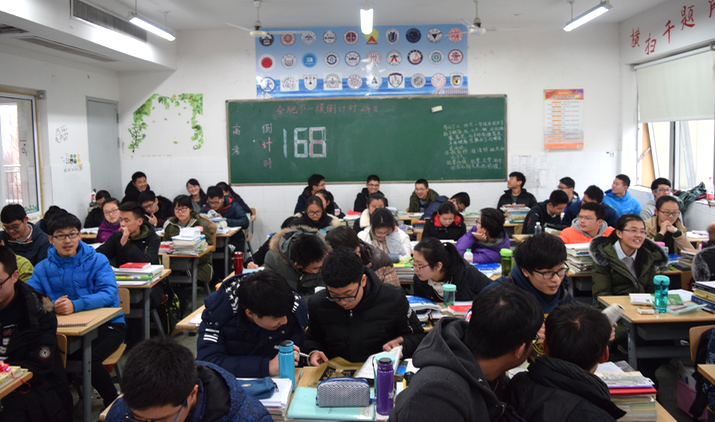Education in China
A reporter takes a trip to explore the Chinese education system
May 8, 2017
As a high school student who was born and raised in America, I often wondered about how our education compares to China’s education. After all, the United States and China are two of the most powerful nations in the world, and their education systems play a huge role in their position on the international hierarchy. In the winter of 2016, I traveled to China and I explored the lives of Chinese students who can be similar to MVHS students, but also drastically different.
I was able to shadow one high school in Hefei named “Hefei Number 8 high school”. Similar to MVHS’ competitive nature, this school is known as a 重点学校 in Chinese, or “focus school”, meaning that all middle school students took a standardized test in order to be accepted into a highly rated school like this one. In many cases, students and their families moved away from home in order to pursue this education.
The international students are only a fraction of the whole student population. They have very different schedules than regular students; most of the time they do not come in contact with each other because their schedules contradict and they simply have no time. Most focus schools have an international department.

The dominant department of this high school was the more traditional classes.
One major component of a Chinese high school student’s curriculum is their choice between a natural-sciences track and a social-sciences track. They make this choice at year two in high school. Natural sciences entails physics, chemistry and biology. Social-sciences entails history, politics and geography.
The three required classes are Chinese literature, Mathematics, and English language. These are also the three main topics of the Chinese college entrance exam.
However, depending on which track a student chooses, they get split up into their respective classes. Natural sciences students would take physics and chemistry classes while social sciences students would take history, philosophy, etc. These students would not have any classes together.

On the college entrance exam, students would take additional material depending on the science they chose.
The technicalities differ from American education, but both groups of students have the freedom to choose their classes and future.
Watch these students answer questions about their lives as high school students:



























